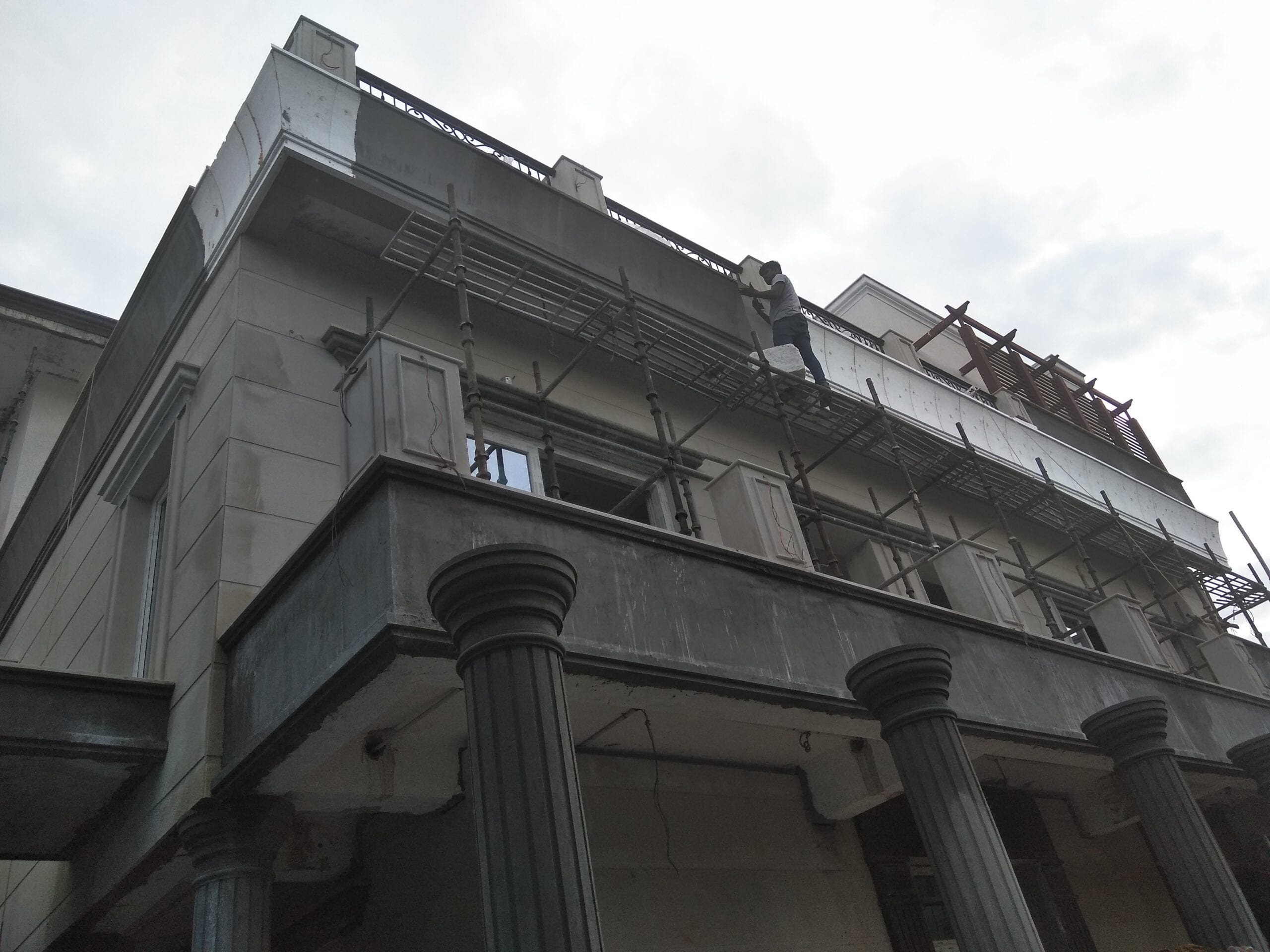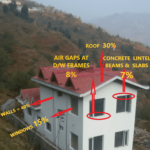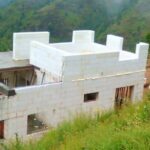These decorative elements may or may not serve any other purpose than beautification- facade fins also control the sunlight entering a glass facade, while other ornaments may be purely for embellishment purposes. These are made of glass fiber reinforced concrete (GFRC), or plaster, or, in the case of fins, metals like aluminum. So naturally, their weight has to be taken into account when planning for structural strength. Depending on the material & design, they might take a lot of time and money to create, affix, and maintain.

How amazing would it be if you found a replacement material that retained all the pluses and had none of the minuses for these decorative elements? I’m here to tell you that EPS offers just such an alternative. It can be easily cut into any desired shape, no matter how finely detailed it is. And it doesn’t necessarily require the creation of molds for shaping. Not only can EPS be molded to mass-produce the ornamentation. It is also easy to affix to the building, and the whole process from production to finishing takes less time than that required for its conventional counterparts.
Moreover, EPS is an excellent insulator! As cornices, EPS facade elements will hide the construction joints and prevent thermal expansion and contraction of the structure underneath from causing cracks in them. If used as decorative elements or fins on the facade of a building, the only upkeep that is required will be painting – there is no cracking or breaking!
elements will hide the construction joints and prevent thermal expansion and contraction of the structure underneath from causing cracks in them. If used as decorative elements or fins on the facade of a building, the only upkeep that is required will be painting – there is no cracking or breaking!
The above reasons shall convince you to incorporate EPS in your design elements. The overall cost of EPS-based facade elements is similar to or even lower than their conventional counterparts!
What more could one want?



